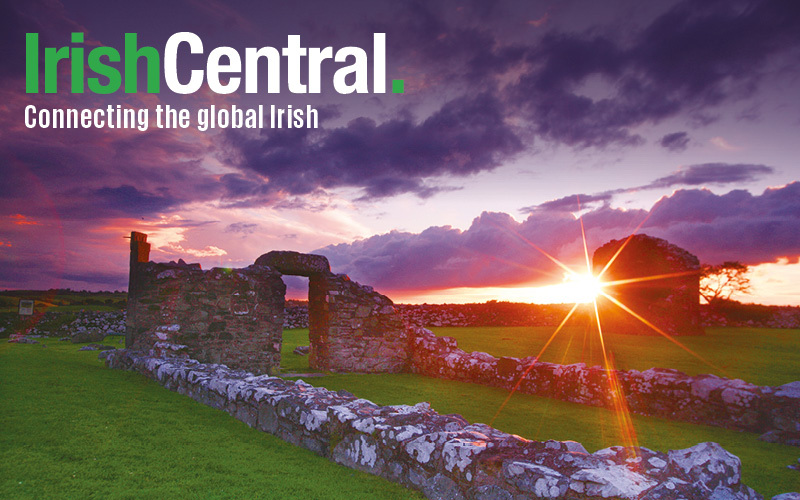FULL COVERAGE:
VIEW AND UPLOAD YOUR PICTURES AND VIDEO:
When you look at the dancers onstage, they whirl like ballerinas, their heels clack, their sequins flash, their curly hair flaps up and down in time with their steps. Most of all, though, they seem tiny. These are incredibly talented and well-trained young people performing solo, on stage before judges and hundreds of other adults, and they’re aged only 10 or even younger. It could be a daunting experience. Yet most of the performers are highly confident.
“It’s really exciting but you’re nervous as well,” says Jessica Parier, 11, from Lincoln in England. Jessica began dancing at the age of three, after her grandmother saw a display show at a local school. She’s in Philaldephia with her cousin Chloe Hugo, who is 10. Both girls trained at the Devaney School of Irish Dancing. “When you stand on stage, it gives you confidence,” Chloe says.
One of the best things about Irish dancing is the self-possession that it gives youngsters. At an early age, they get used to standing in front of large crowds, under bright lights. They’re entertainers. The exercise also gives them good posture, says Danny Doherty, who is originally from Donegal but has lived in Coventry in England since he was 17.
He’s taught dancing there for 30 years, and set up the highly successful Doherty Academy School of dancing in Coventry. “It gives them confidence performing in public and it helps their deportment,” he says. “They can carry themselves well.” It even helps them get jobs when they’re older, Danny thinks. “It’s a big advantage for children at interviews,” he says. “They have that extra edge."
Doherty himself left Ireland when he was 17. He had grown up dancing in a rural part of Donegal where his teacher travelled 25 miles every Saturday to give the class. When Doherty moved to England, the Troubles were at their height, and a local priest asked him to teach dancing as a way of strengthening the sense of community amongst local Irish immigrants in Birmingham.
“It’s a way for parents to keep their culture,” Doherty says. It’s also a good way to keep kids out of mischief. “In today’s society, all parents are happy to get their children involved in something – so that they don’t have time to do the things that wouldn’t benefit them or their parents.” This is because of the intense nature of dancing and the amount of training dancers need to do if they are to be successful. “Children who do Irish dancing in a competitive form don’t have time to be going to parties,” Doherty explains.
Doherty reckons that it was dancing that gave him an extra edge when he arrived in England as a teenager. “It gave me confidence as a shy person.” A lot of his dance students were accepted into colleges like Oxford and Cambridge, he adds.
There’s certainly no sign of teenage slouching at the Kimmel Center in Philadelphia. Boys and girls alike stand up straight and walk proudly. Shona Fahy, 11, is from Limerick. She doesn’t feel at all nervous. “You get to dance on the world stage. It’s fun,” she says.
Moira Kramp, also 11, and from Chicago, sums it up after getting through to the next round of her contest. “It feels really good to know you’re one of the best dancers in the world. It’s really cool. It feels awesome.”




Comments